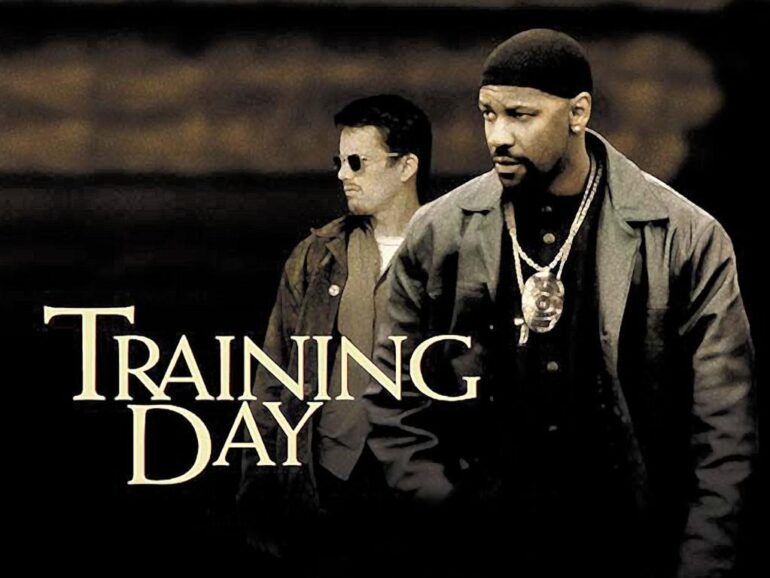Day One.
The whiteboard’s still clean. Not for long.
Three new hires sit across from me—young, bright, confident. One used to sell gym memberships. Another just finished school. The third came from customer service. None of them have picked up a phone to cold call a stranger in their life.
Perfect.
There’s a myth that good cold callers are born with thick skin and a silver tongue. But what most people forget is this: the best ones are built through repetition, feedback, and the right mindset from the start.
9:02 a.m. – The First Mistake Everyone Makes
I ask them what they think cold calling is.
“Selling,” one says.
“Getting past the gatekeeper,” another adds.
“Convincing someone to say yes.”
That last one is the trap. Convincing implies resistance. And when you train your team to expect resistance, they’ll hear it in every call—even when it’s not there.
The truth? Cold calling is about opening, not closing. It’s about starting conversations with people who don’t yet know they need one.
When we train for real estate cold calling, we don’t train people to pitch properties. We train them to understand motivations. Why would someone consider selling? Why now? Why not?
The best cold callers ask themselves those questions before dialing.
9:47 a.m. – What to Say (and What to Avoid)
We go over introductions. We roleplay awkward starts. Everyone stumbles.
There’s laughter—good, nervous energy. It’s fine. This is the safe zone. But I point out a common flaw: too much filler.
Saying “I’m just calling to see if maybe…” or “I hope I’m not bothering you…” kills the credibility instantly.
Instead, we practice directness. “Hi, this is Alex with a quick call about home energy use in your area.” Or “We’re calling a few local homeowners about recent market changes in the neighborhood.”
Solar cold calling lives or dies by clarity. The moment the call becomes vague or passive, you’re done.
By the end of the hour, they’re already sounding sharper.
10:35 a.m. – The Technology Trap
We talk about dialers, CRMs, and automation. They’re excited—automation feels powerful.
But I pause here, because there’s a danger too.
Technology supports strategy; it doesn’t replace it. I tell them that if they don’t know who they’re calling, what that person needs, and why they should listen, no predictive dialer in the world will fix it.
In home services cold calling, people want to feel like you know their home, their timeline, their possible frustrations. Not like they’re entry #45 in a spreadsheet.
11:12 a.m. – The Role of Curiosity
I give them an exercise. No scripts. Just one goal: find out one interesting thing about the person you’re calling.
That’s it.
Because curiosity makes better calls than confidence ever could. And curiosity leads to natural follow-up questions. “When did you last inspect the roof?” becomes “Did you notice any leaks during the last rain?” And suddenly, the call isn’t generic anymore—it’s relevant.
Even in virtual assistant cold calling, where the representative may be miles away from the lead, the conversation must feel grounded in local context.
We don’t script curiosity. We hire for it and train around it.
1:45 p.m. – Real Voices, Real Adjustments
Post-lunch, we listen to recorded calls from a different campaign. We hear strong openers, clumsy closings, long silences. I don’t tell them what’s wrong—I ask them to listen for what’s missing.
“Feels like the caller wasn’t really responding,” one says.
Exactly.
Most bad calls aren’t bad because of what’s said. They’re bad because of what’s ignored. A prospect mentions time constraints, but the caller doesn’t adapt. They say they’ve already spoken to someone—but the caller pushes ahead.
Roofing cold calling, in particular, requires sensitivity to urgency and budget. Miss those signals, and you miss the opportunity.
3:00 p.m. – Language Shaping Outcomes
We practice reframing rejection.
Instead of hearing “Not interested,” I show them how to respond with curiosity:
“Got it. Before I let you go, can I ask—have you already handled this recently?”
Or:
“Understood. Are you seeing a lot of calls like this lately?”
These micro-shifts keep the door open, and often lead to better timing or future callbacks.
For example, in real estate cold calling, a “not interested” today could be someone listing in three months. But you’ll only find that out if you ask the right way—and more importantly, if you listen without rushing.
4:15 p.m. – Brand Standards, Not Scripts
As the day winds down, we talk about brand tone. Every company sounds different. Some cold calling brands go heavy on stats and ROI. Others, like No Accent Callers, emphasize conversational authenticity—letting the voice of the caller reflect the professionalism of the team without sounding robotic.
We don’t teach people to read. We teach them to represent—to understand the brand’s purpose and personality, and let it come through in the call.
That applies whether you’re handling solar leads or speaking to a property investor. A cold caller should sound like they belong in the conversation, not like they’re visiting from a different industry.
5:00 p.m. – The Final Question
I ask them one last question: “What would make you hang up on yourself?”
They laugh. But they think about it.
“Too pushy.”
“Sounding bored.”
“Not letting me speak.”
Exactly.
If you wouldn’t listen to you, why should anyone else?
Final Thought
Most cold calling failures aren’t about rejection. They’re about misalignment. Wrong timing. Wrong language. Wrong assumptions.
But the good news is this: every one of those can be fixed through better training, stronger curiosity, and consistent self-awareness.
From solar cold calling to home services campaigns, the voice on the other end of the line matters more than the script behind it. And with the right mindset, every new caller has the potential to become a great one.
Because cold calling isn’t about convincing someone in 60 seconds—it’s about earning the right to keep the conversation going.






